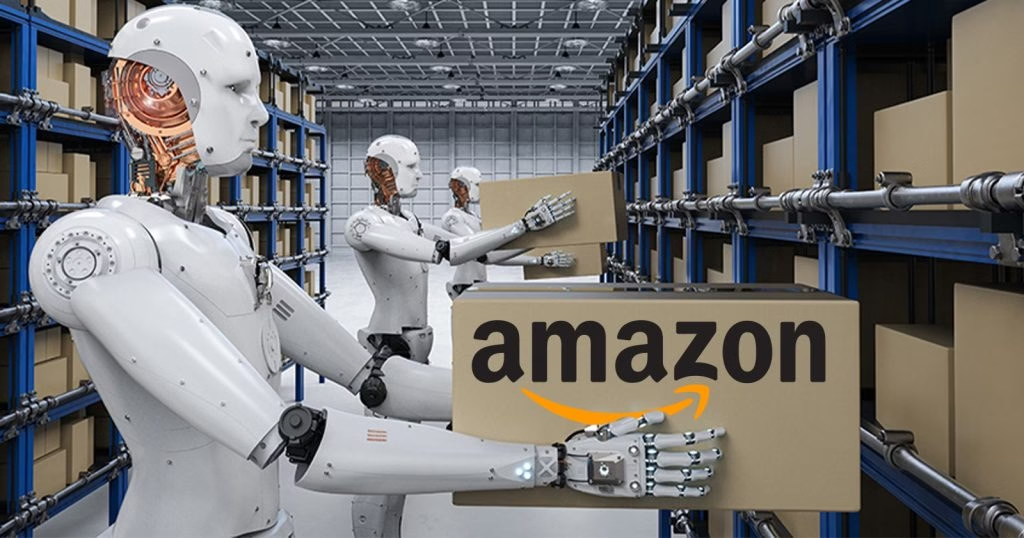As the tech industry pushes forward with artificial intelligence, two dominant views have emerged about the future of human labor: either machines will replace nearly all human workers, or humans will shift to newly created roles while bots take over repetitive, physically demanding tasks. Amazon’s latest move suggests it’s betting on the latter.
On Wednesday, Amazon revealed its new robot, Vulcan, designed to handle “ergonomically challenging” warehouse tasks. According to CEO Andy Jassy, Vulcan is part of Amazon’s effort to make work safer for employees by taking on duties like retrieving items from high or low shelves—jobs that require frequent bending or climbing. Humans will continue handling items stored on middle shelves or those that Vulcan, despite its advanced sensors, still can’t manage.
But Vulcan is more than a safety upgrade; it’s a signal of Amazon’s evolving labor model. Alongside the announcement, Amazon spotlighted its retraining programs, which prepare some warehouse workers for technical roles such as robot maintenance and systems monitoring. According to the company, its robotic systems—already involved in fulfilling 75% of customer orders—have led to the creation of hundreds of new job categories, including robotic floor monitors and onsite reliability engineers.
This shift won’t be a one-to-one replacement. It’s unlikely that every warehouse associate will become a robot technician, and Amazon did not disclose how many workers it expects to retrain. Still, the mention of upskilling programs in tandem with increased automation is notable in a climate where few companies provide a clear vision for displaced workers.
The broader debate over AI’s impact on employment remains unsettled. The World Economic Forum estimates that while 92 million roles may be displaced due to automation by 2025, around 170 million new roles could be created—many of them requiring new skills. For workers without advanced degrees in AI or machine learning, especially those in low-wage or manual labor positions, that future remains uncertain.
Some industry leaders, like venture capitalist Marc Andreessen, believe their jobs are irreplaceable. Others foresee a world where automation handles the drudgery, and humans are elevated to supervisory or creative roles. That could mean warehouse workers become “automation monitors,” grocery clerks oversee self-checkout lanes, and fast-food employees supervise robotic kitchens.
Yet, such transitions come with caveats. Not every company has the resources or willingness to follow Amazon’s lead. And even Amazon’s own automation track record isn’t without controversy. Its Amazon Go stores, once pitched as a retail revolution with cashier-less checkout, were quietly scaled back after reports revealed human workers in India were monitoring the AI systems behind the scenes. The tech never saw widespread industry adoption.
Whether a fully automated future ever arrives remains to be seen. For now, Amazon’s Vulcan—and the modest retraining efforts that accompany it—offer a small window into what a human role might look like in a world increasingly run by machines.



